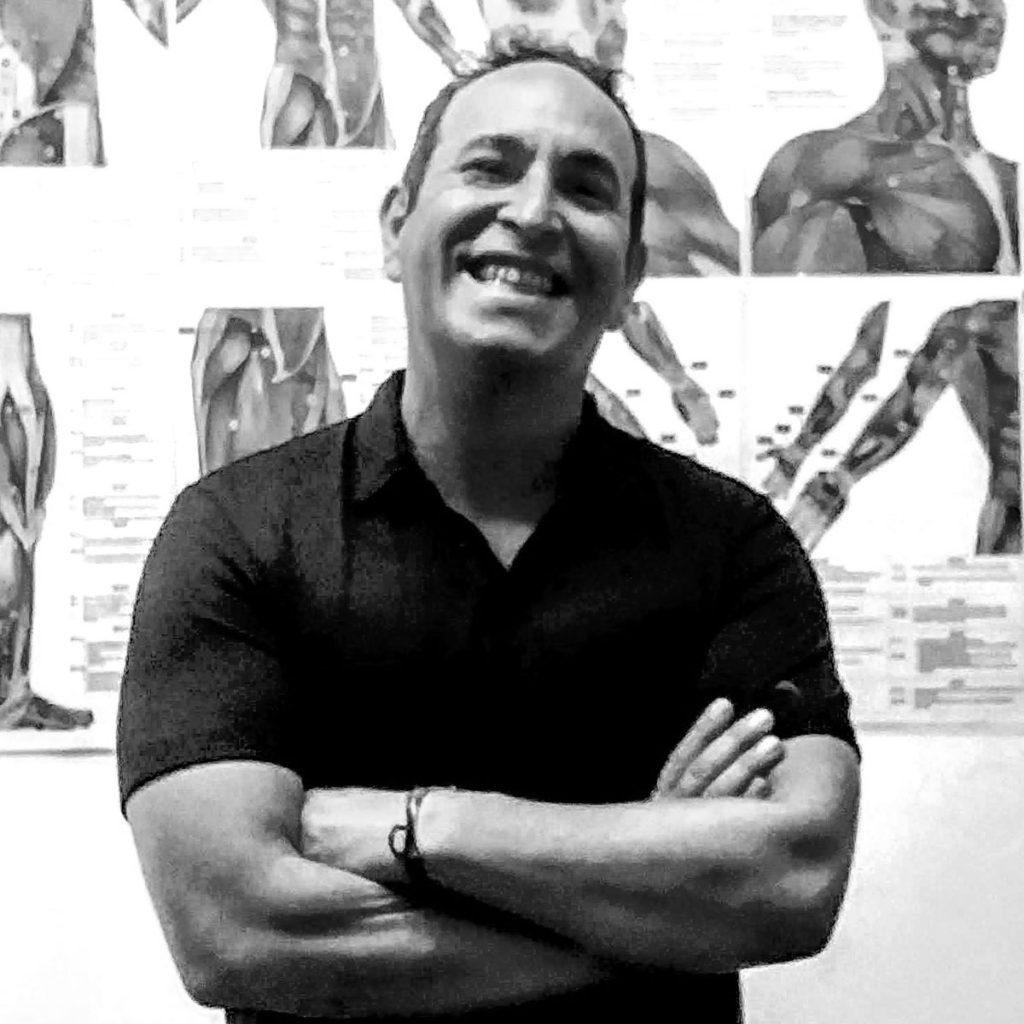
What is Myofascial Release (MFR)?
A manual technique designed to release restrictions in soft tissue and connective tissue as well as muscular imbalances which lead to overuse in isolated joints and faulty movement patterns. These imbalances are commonly due to repetitive movements or sustained positions held at work or during sports activities.

MFR can free up fascia, through a technique called “Myofascial Release”
Working on fascia, eases tension and lowers negative resistance to the flow of fluids, reduces pressure on pain-sensitive tissues (nerves and blood vessels), and restores proper mechanical length and alignment to the muscles. This improvement in alignment promotes freedom of movement in joints, patient’s flexibility, coordination, and strength are then also improved.
The term “myofascia” refers to the muscle, “myo”, and the connective tissue that surrounds and attaches the muscle, “fascia”, hence, “Myofascial”. Fascia is a thin yet tough connective tissue that surrounds everything in the body, including our muscles and bones. Fascia forms layers and creates a type of webbing that links various muscles to one another. It helps dictate all our bio-mechanical activities, and when there’s trauma or weakness it can most often be attributable and healed through Myofascial manipulation therapy.

In your first session, you can expect the following:
- Question and answer assessment of the concerns and or painful movements and areas.
- Objective tests of specific movements to confirm any actions that are hindered, vulnerable, afflictive, or compromised.
- Then, the practitioner scans for areas where the skin does not move over the body. You might find these on the upper shoulders or neck, the back, and over the upper rib cage or the croup. The practitioner searches for centers of coordination in various planes of the body that seem to be the most instrumental in causing pain, inflexibility, or obstructed. The middle layer of fascia holds the organs, vessels, nerves, bones, and muscles in place; it organizes the body, forms compartments, and surrounds every layer of muscle fibers. When it is tight, it prevents full muscle contraction and relaxation, and lowers circulation and nerve conductance, leading to compromised tissues and organs all over the body.
To address the problem areas that the Practitioner finds essential to work on, there are 3 different approaches depending on the individuals needs.
- Treatment (deep or superficial manual fascia release), followed by stretching
- Fascial massage (completely passive)
- Movement techniques (following manual release)

Sessions can last 45 min and up to 1.5 hrs.
By appointment only, not covered by insurance.
$150-$200 per session
